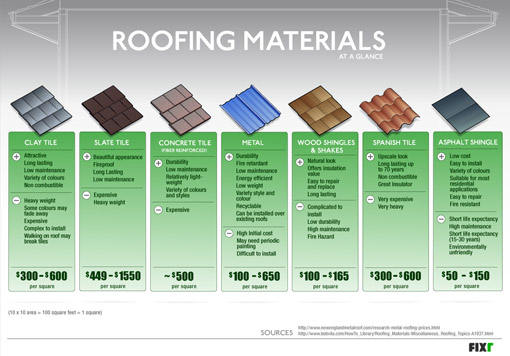Recognizing The Modern Technology And Capability Of Solar Panels: A Beginner'S Introduction
Recognizing The Modern Technology And Capability Of Solar Panels: A Beginner'S Introduction
Blog Article
Web Content Created By-Jain Enevoldsen
So, you've become aware of solar panels and their potential to generate electrical energy from sunlight, however just how specifically do they function? Recognizing the elaborate technology behind photovoltaic panels can be an interesting journey into the world of renewable resource. From the fundamental principles of solar batteries to the detailed elements that compose a solar panel system, there's a whole realm of expertise waiting to be checked out. Let's unwind the enigmas of solar panel innovation with each other.
Solar Panel Modern Technology Basics
To absolutely comprehend the essence of photovoltaic panel modern technology, you need to explore the fundamental principles that underpin its functionality. Solar panels consist of solar batteries, typically made from silicon, which have the exceptional capability to transform sunlight into electrical energy via the solar result. When sunlight strikes the cells, the photons in the light interact with the silicon atoms, triggering the electrons to damage without their atomic bonds. This produces an electrical current that can after that be harnessed for powering various devices.
The vital part of solar panels is the semiconductors within the photovoltaic cells, which facilitate the conversion of sunlight right into functional power. These semiconductors have both favorable and adverse layers, developing an electrical field that permits the flow of electrons.
This flow of electrons, when connected in a circuit, creates direct present (DC) electrical energy. Understanding these standard principles is essential for appreciating exactly how solar panels can harness the sunlight's power to power homes, businesses, and also satellites precede.
How Solar Panels Generate Electrical Power
Solar panels harness the sun's energy by transforming sunlight right into power with a procedure referred to as the photovoltaic result. When sunshine strikes the solar panels, the photons (light particles) are soaked up by the semiconducting products within the panels, usually made of silicon. This absorption produces an electric existing as the photons knock electrons loosened from the atoms within the product.
The electrical fields within the solar batteries then force these electrons to move in a specific instructions, producing a direct current (DC) of electricity. This straight current is after that passed through an inverter, which transforms it right into rotating present (AC) electrical energy that can be made use of to power your home or service.
Excess electrical energy generated by the photovoltaic panels can be stored in batteries for later use or fed back right into the grid for credit report via a process called web metering. Comprehending how photovoltaic panels generate electricity is vital to appreciating the ecological and cost-saving benefits of solar power systems.
Understanding Photovoltaic Panel Elements
One important facet of solar panel technology is comprehending the various elements that compose a photovoltaic panel system.
The key components of a solar panel system include the photovoltaic panels themselves, which are comprised of solar batteries that transform sunshine right into electrical energy. These panels are placed on a structure, often a roofing, to catch sunshine.
In more information to the panels, there are inverters that convert the direct present (DC) electrical energy created by the panels into rotating current (AIR CONDITIONING) electricity that can be used in homes or organizations.
The system likewise includes racking to support and position the photovoltaic panels for optimum sunlight direct exposure. Additionally, solar renewable energy company and connectors are vital for transferring the power produced by the panels to the electric system of a structure.
Lastly, a monitoring system may be consisted of to track the performance of the solar panel system and ensure it's functioning efficiently. Understanding these parts is essential for anybody wanting to install or utilize photovoltaic panel technology successfully.
Conclusion
Now that you comprehend the essentials of photovoltaic panel modern technology and how it functions, you can value the power of taking advantage of sunshine to generate tidy and renewable resource for your building. By utilizing the photovoltaic effect and elements like inverters and keeping an eye on systems, you can contribute to a more lasting future while also potentially saving money on energy prices. Keep understanding and checking out the possibilities of solar power for a greener tomorrow.
